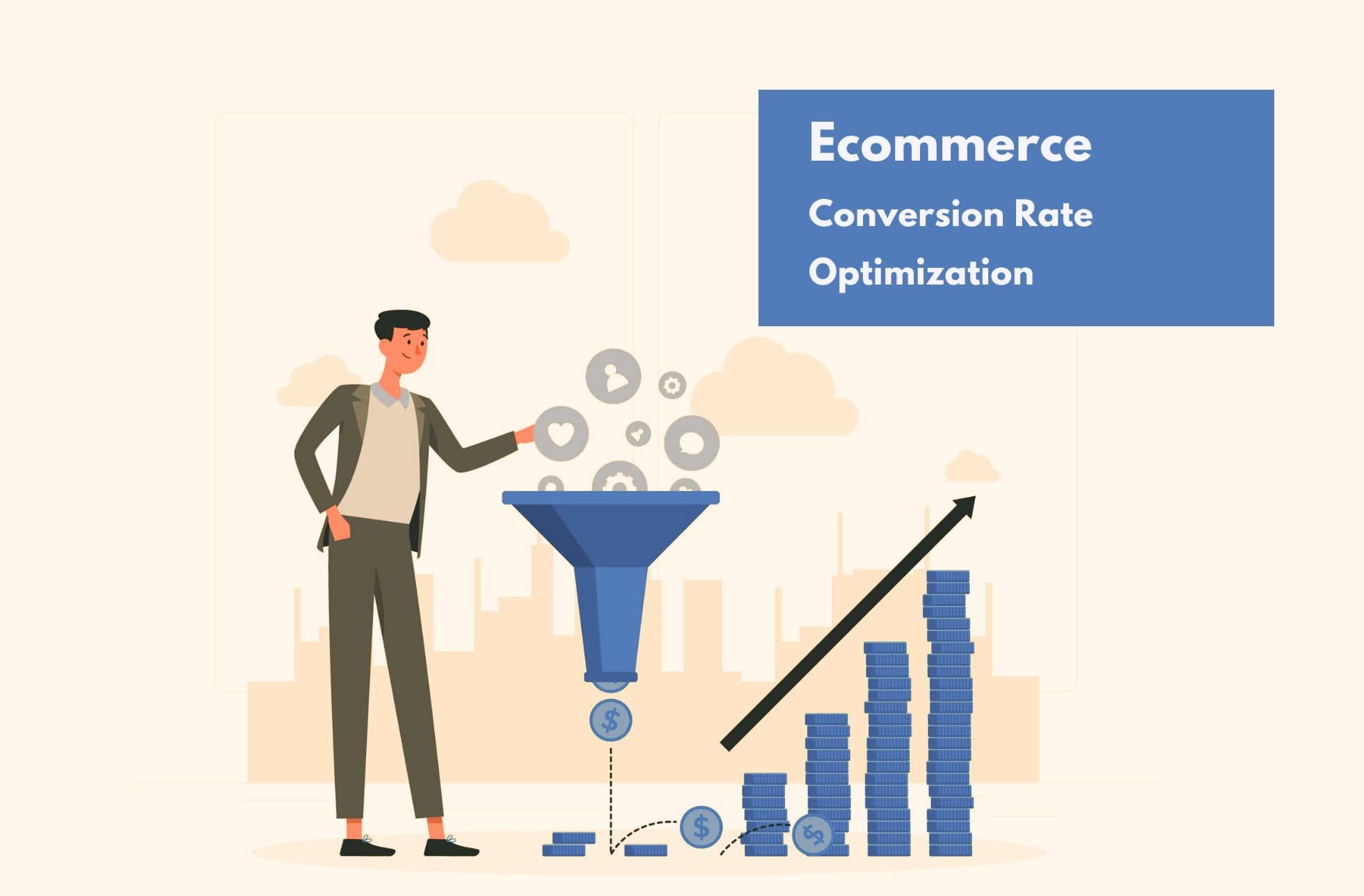Google Ads, Criteo, Perfect Audience, Reach Local and other platforms are capitalizing on the growing demand for mobile remarketing, a service increasingly used in e-commerce. The reasons? Mobile traffic has surpassed desktop traffic, and retargeting campaigns offer impressive performance. (In fact, only 1 in 10 users (11%) has a negative view of this type of ad, according to AdRoll).
Due to the importance of traffic from tablets and smartphones, mobile remarketing is a key ally in remarketing campaigns of any ecommerce. Due to the high competition from all sectors, acquiring customers is only one part of the process: retaining them is just as relevant.
How mobile remarketing works
The functioning of mobile remarketing is not much different from the retargeting used in desktop traffic. Although cookie tracking is done differently and target markets may change (in Instagram we will only find mobile users, for example), the process is the same:
Phase 1: Purchase or visit of products and services
In this first phase, the cookie is sent to the user’s device while visiting an ecommerce. Whether you make a purchase or leave an abandoned shopping cart, you will be tracked later during your journey through the digital world.
Phase 2: “Wouldn’t you really like to buy it?”
In this second phase, the tracking allows the user to display ads related to the ecommerce he has visited: upsells and offers if he has made a purchase or the items left in the cart, otherwise. Mobile remarketing would ask the user: “wouldn’t you really like to buy it, aren’t you interested in these products?
Phase 3: Purchase or rejection
At this point, the user has a second opportunity to return to ecommerce and expand their purchases, or at least make the first conversion. However, it can (and does) happen that the user rejects this offer. What should the advertising company do? If after a certain number of impressions, the user continues without clicking, the best thing to do is to desist.
Facebook and Google, the main mobile remarketing channels
Search engines and social networks are the best scenarios for mobile remarketing. Most of its users use mobile devices to navigate. In the case of Google and Facebook, their communities reach astronomical figures (2,320 million users in the case of Zuckerberg’s social network).
Hence these are the main remarketing channels for mobile. However, retargeting works differently on Facebook than on Google. For example, in the search engine owned by Alphabet, each user’s ID (captured through tracking cookies) is used to show them related ads while browsing; in Facebook, however, tracking occurs with the integration of the SDK and the App Events API.
On the other hand, ecommerces with very specific people buyer may make unattractive the use of networks such as Facebook, in favor of LinkedIn and other markets more focused the B2B, for example. These are aspects to consider when selecting the best market for our mobile remarketing campaigns.
What about remarketing for apps?
The app market generated more than 70 billion dollars in 2018, an impressive figure that shows the growing use of mobile applications. Is it possible to use retargeting to retrieve users who have uninstalled an app or stopped using it?
The answer is yes, and in fact, this is one of the most interesting mobile marketing trends. More and more developers are investing in remarketing for apps. For example, when a user uninstalls an application or stops using it for a while, it is possible to track it to show retargeting ads, in order to return it to the initial app.
For example, a user starts looking for low-heeled shoes in a niche app, for example, Zalando App. Then, he stops to watch YouTube videos or searches for local shoe stores. Then, a remarketing campaign for an app would show you ads with offers of women’s footwear, belonging to Zalando App. In this way, the user would be reminded that he has a pending search in his app, being able to return to it with a single click.
3 tips to design excellent mobile remarketing campaigns
Design mobile-specific ads
One of the most widespread errors in mobile remarketing is the use of the same ads for all devices. However, it is important to adapt its design to the dimensions and characteristics of smartphones and tablets. Otherwise, their display would be poor, resulting in poor performance. As it could not be otherwise, the best examples of mobile marketing follow this recommendation.
Use deep links to take them to the product/category page.
The use of deep links is another key to develop successful retargeting campaigns for mobiles. Thanks to this type of links, you will be able to lead your audience directly to the product/category page. This way, you will get better results.
Perform advanced segmentation
Ecommerce that already have remarketing campaigns for desktop users may have a previous segmentation. It is best to conduct new research to develop a specific segmentation for users of mobile devices. Obviously, the demographic data will be the same, but the behavior and habits will be different. Ads must appear at the right time, in the right place and on the right day to achieve the desired impact.
In short, the benefits and uses of mobile remarketing are diverse, and ecommerces should not miss the opportunity to exploit its possibilities.




